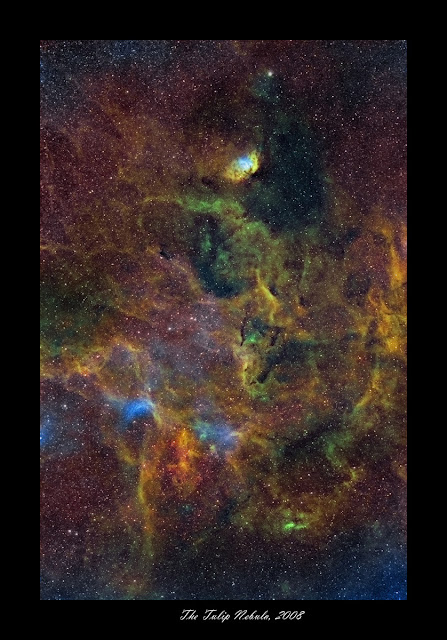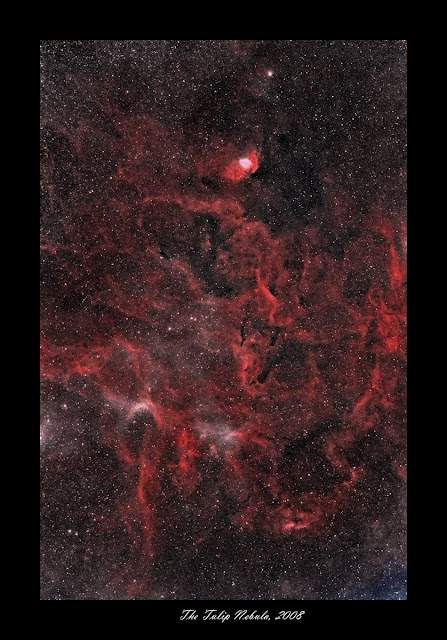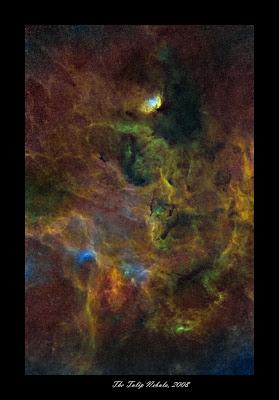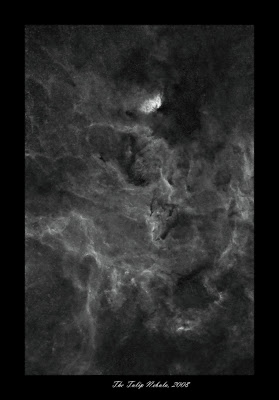COPYRIGHT, PLEASE NOTE
Saturday, December 13, 2008
Veil Movie3
Large version of the Veil 3D animation.
Download a high resolution movie fille here, 18MB:
http://www.mediafire.com/file/43z2mm2qzqg/Movie_0001.wmv
The higher resolution movie, 62MB, can be downloaded from here:
http://www.mediafire.com/?sharekey=ca05761aad8b3134d2db6fb9a8902bda
Friday, December 12, 2008
Thursday, December 11, 2008
Veil 3D-movie
This is really interesting! (least to me)
I divided the original 2D-Veil image to the layers by the content.
(parts of nebula, stars by size and the background)
Each layer was then projected to the 3D-surface.
The main principle is about the same as in Stereo Pair images.
In this tecnique the data is really in 3D-format though.
I think this video tels a lot about nature of this object as a 3D bubble, leftovers from
massive explosion, Supernova.
NOTE. This is not a accurate model, it's more like an educated guess about appearance.
The original 2D-image, with imaging details, can be found here:
http://astroanarchy.blogspot.com/2008/10/veil-nebula-in-hubble-palette.html
3d-stero pair image is here:
http://astroanarchy.blogspot.com/2008/10/stereo-image-pair-of-veil-nebula.html
and
Stero pair animation! of exploding star is here:
http://i36.tinypic.com/16aty7n.gif
There is couple of hick-ups in the video, since I'm very new with any animation techniques, yet.
Video compression kils the movie here. Original
HD-quality movie has stunning details and about zilion and half more stars.
Flame Nebula Animation and the bad weather


Tuesday, December 9, 2008
Cassiopeia A as a Stereo Pair
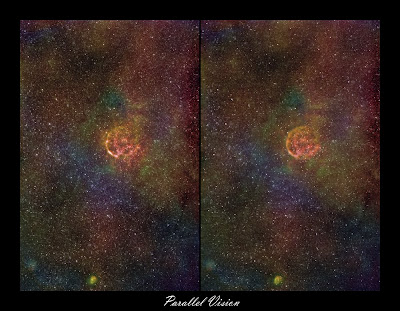
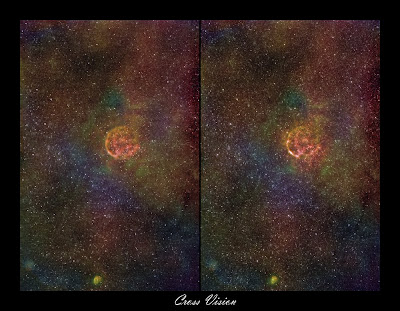
Monday, November 24, 2008
The head of the Medusa
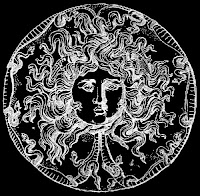
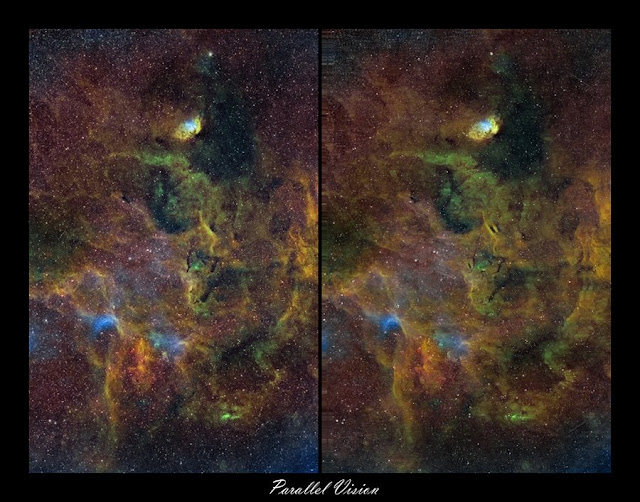
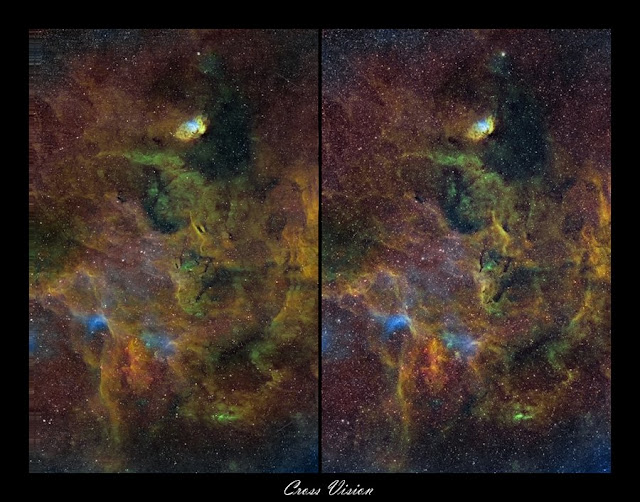
Sunday, November 23, 2008
IC405 & IC410 in HST (Hubble Space Telescope) Palette
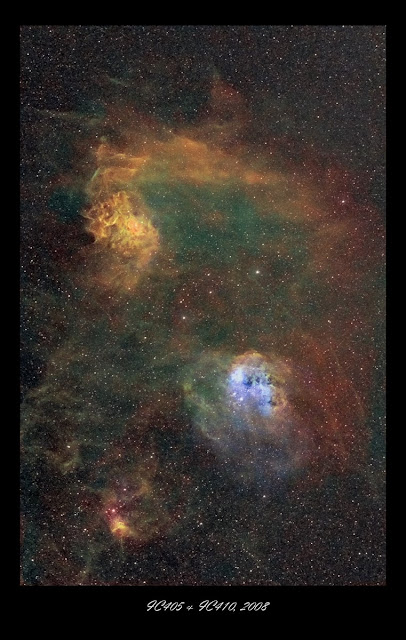 Image in Hubble palette
Image in Hubble palette 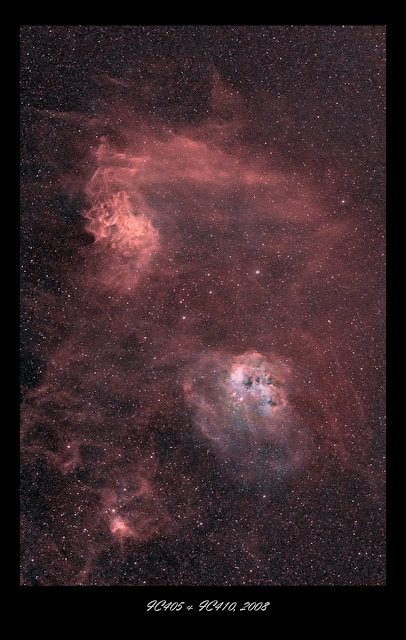 "Natural" color version -
"Natural" color version - IC405 & 410 as a Stero pair
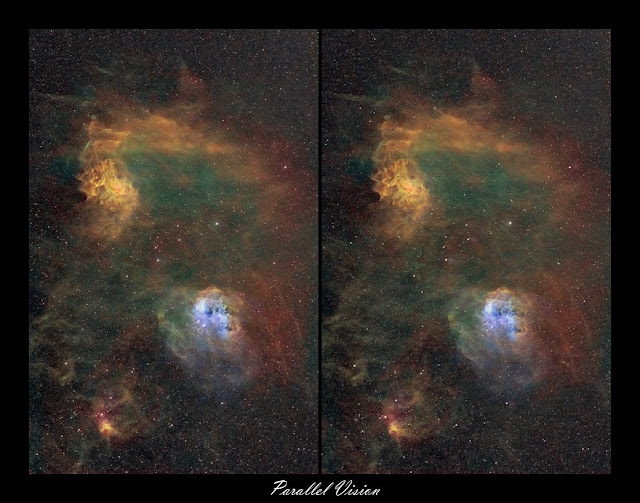
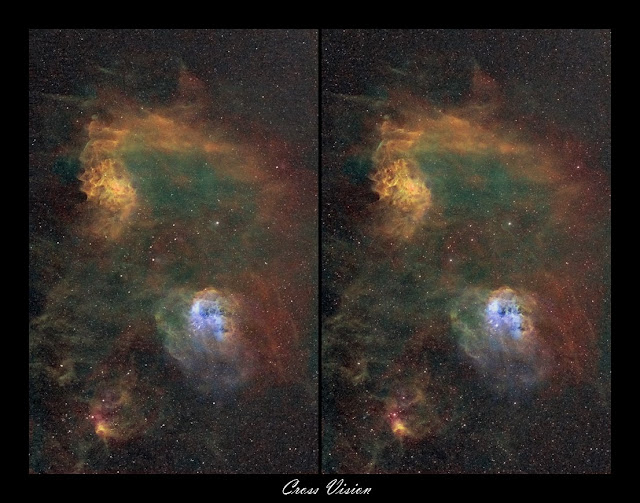
Saturday, November 22, 2008
New Version of PS StarAction.
New Version Download it HERE
Whats new?
- A new Star Visibility action added. It let you controll the "Star Dominance" in your image by opacity slider.
- In Stereo action there is some minor improvements including an extra step to controll Star visibility. Since there will be one image per eye, the apparent Star brightnes will grow. With this function you can now controll star visibility easily.
- NOTE. If you publish any images processed with the actions, please, could you add a mention, about actions used, in the imaging details, thank you.
Thursday, November 20, 2008
Sh2-142, color added.
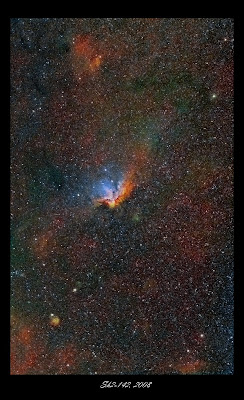
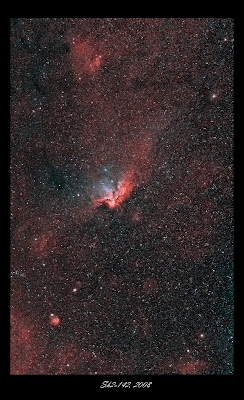

Hs2-142 & 157 as a Stereo Pair.
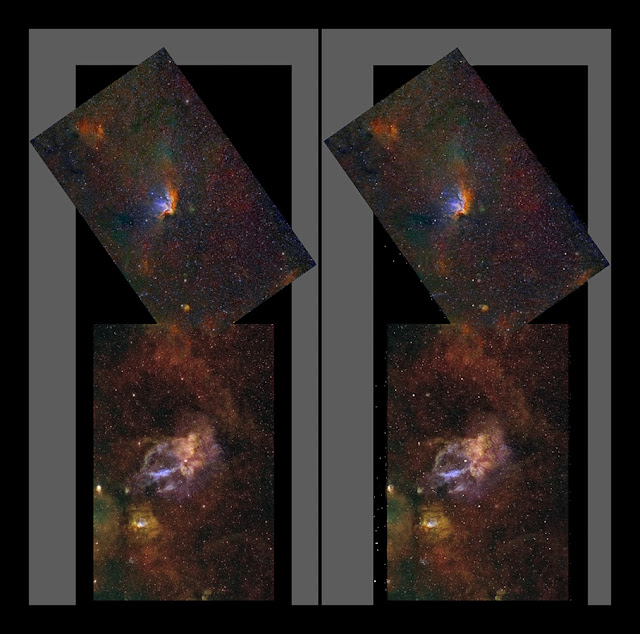
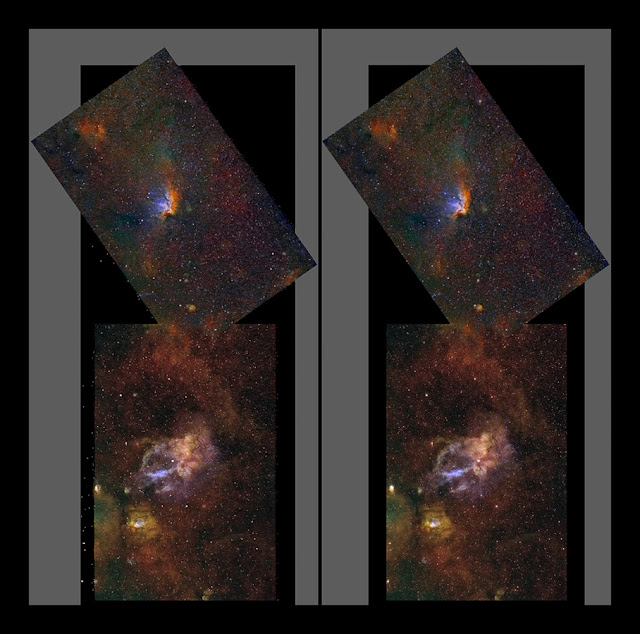
Monday, November 17, 2008
Sh2-157 as a Stereo Pair
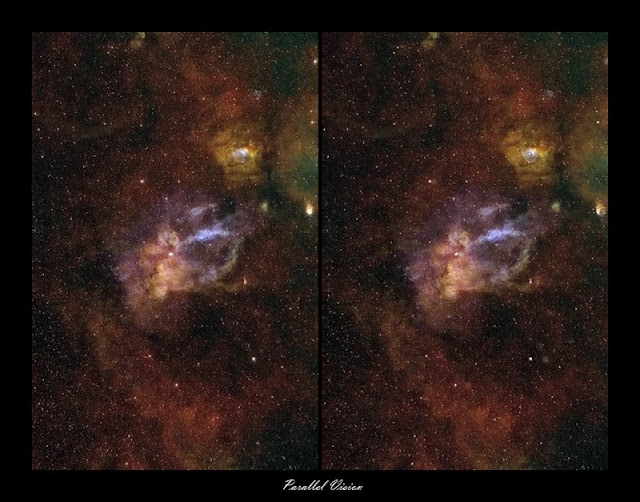
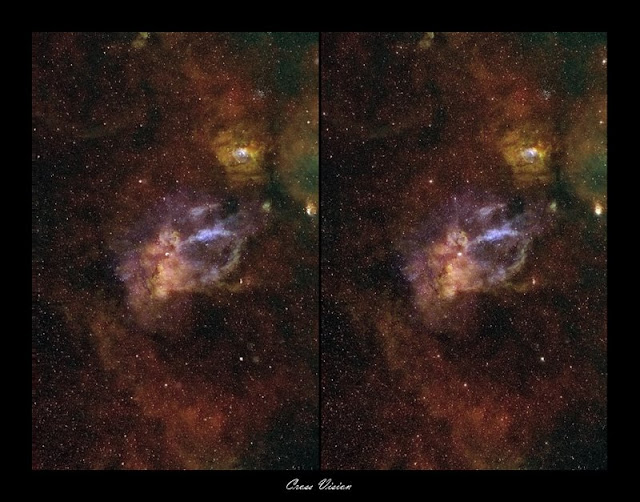
From Sharpless Catalog, Sh2-142
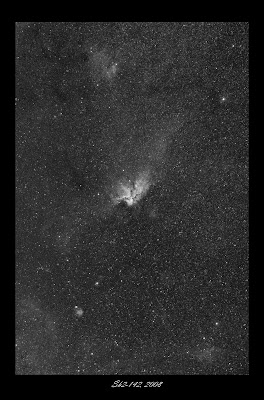
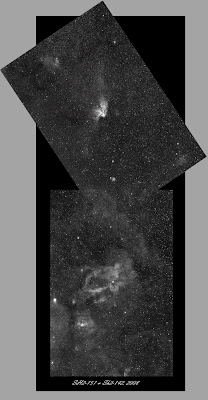
Sunday, November 16, 2008
Stero Image Pair Action
ACTION REMOVED BY THE AUTHOR.
New version is under construction, might take a while though...
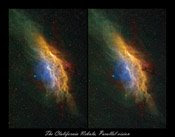 NEW VERSION, Download HERE
NEW VERSION, Download HEREFriday, November 14, 2008
Star Removal PS action, klick the image to download
OBSOLITE PAGE, PLEASE, DOWNLOAD THE STAR REMOVAL PS ACTION FROM HERE: Star removal PS Action
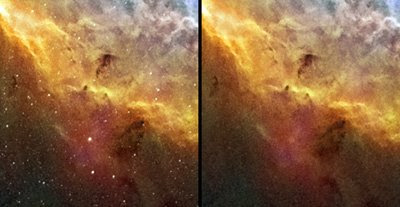
Tuesday, November 11, 2008
NGC1499, the "California Nebula" as a Stereo pair
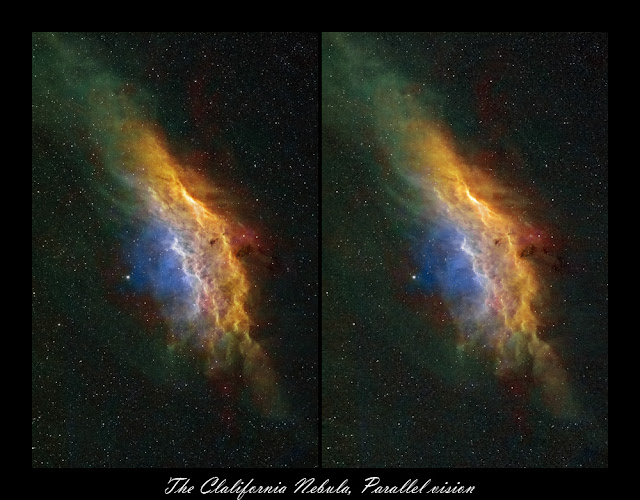
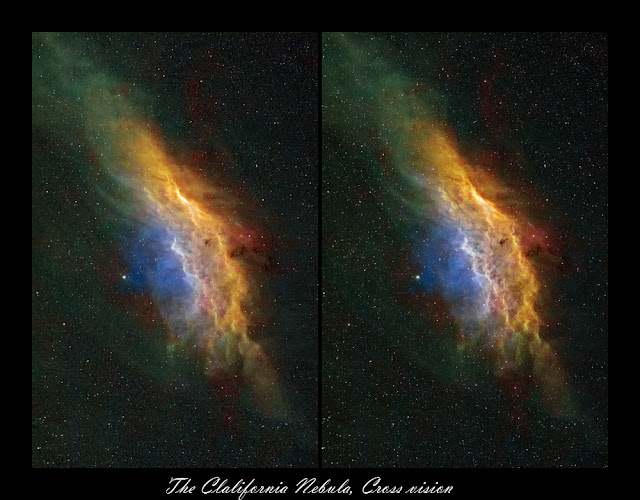
 Klick this image, if you can't see either of the stereo methods above. This is a animated image showing steroimage as a small animation. It will gives an idea, what can be seen in stereo images.
Klick this image, if you can't see either of the stereo methods above. This is a animated image showing steroimage as a small animation. It will gives an idea, what can be seen in stereo images. Monday, November 10, 2008
Sh2-157
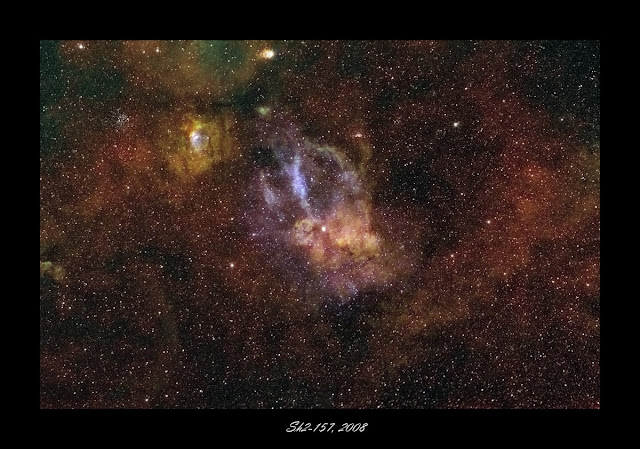
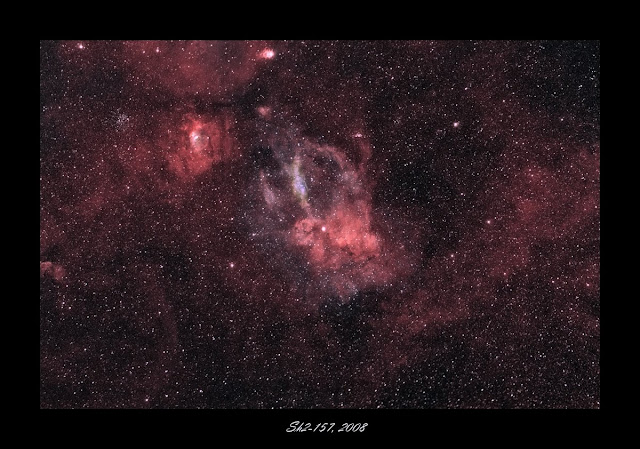
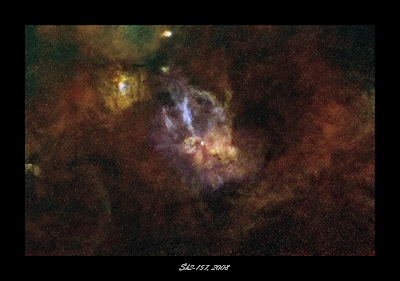
Sunday, November 9, 2008
IC405 & IC410
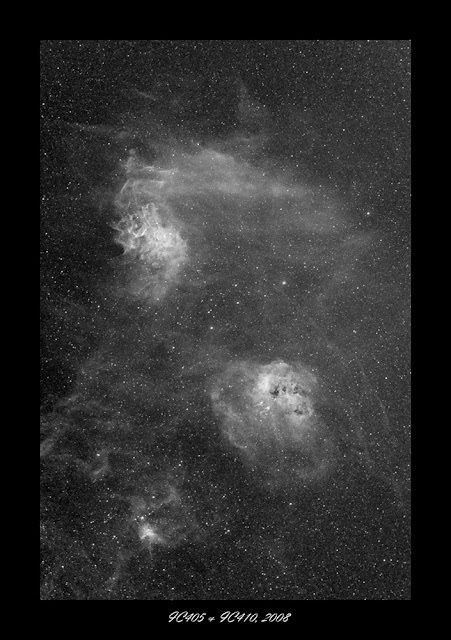
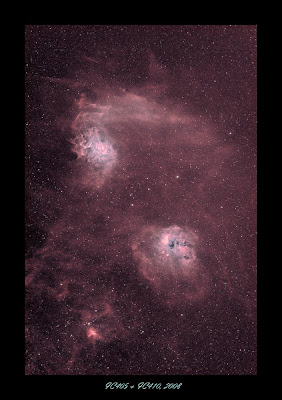 Editted 9.11.
Editted 9.11.Friday, November 7, 2008
APOD
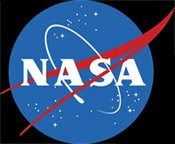
Thursday, November 6, 2008
The California Nebula, NGC1499
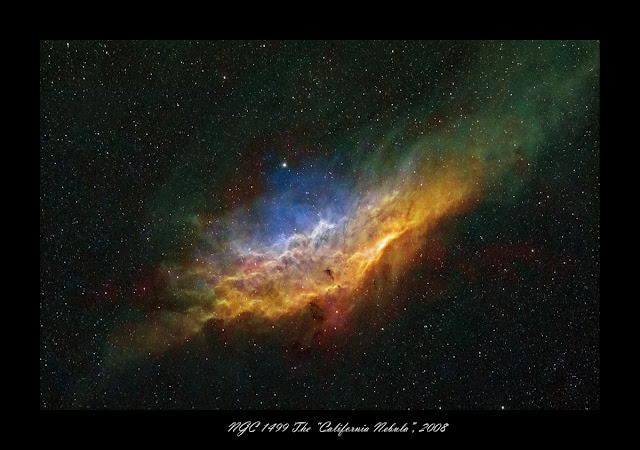 S-II, H-a and O-III composition, Hubble palette
S-II, H-a and O-III composition, Hubble palette 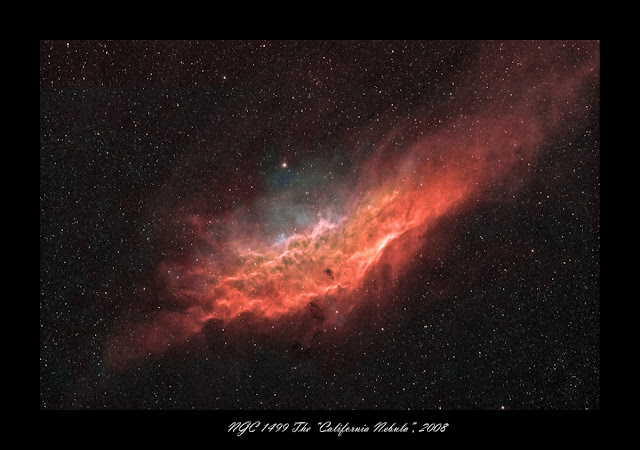 H-a+35%S-II, O-III and O-III+30%H-a, "Natural color" composition
H-a+35%S-II, O-III and O-III+30%H-a, "Natural color" composition 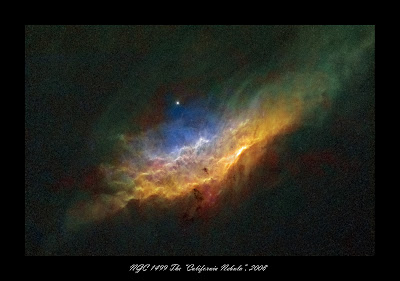
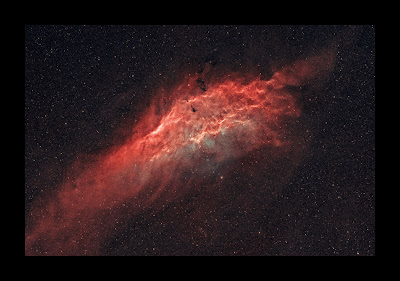
Thank You!
Thank you!
Your support is very needed to keep up my observatory, art and publishing work.
All my published images can be found from my portfolio
Wednesday, November 5, 2008
Cygnus Trio in Stereo pair
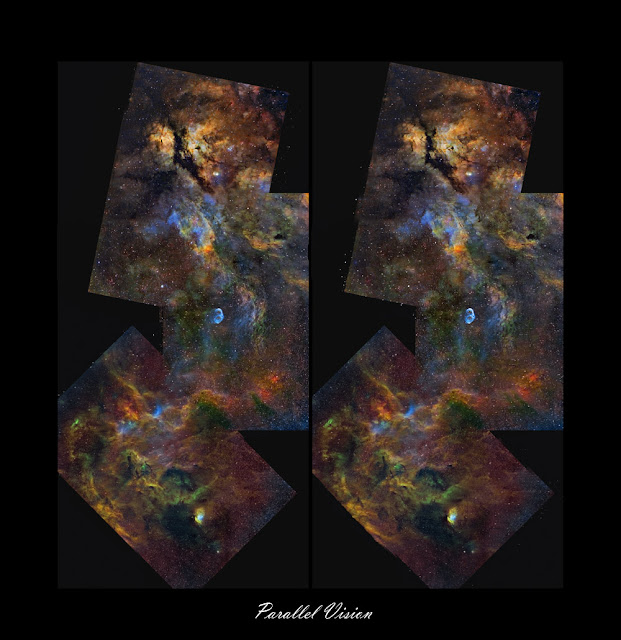
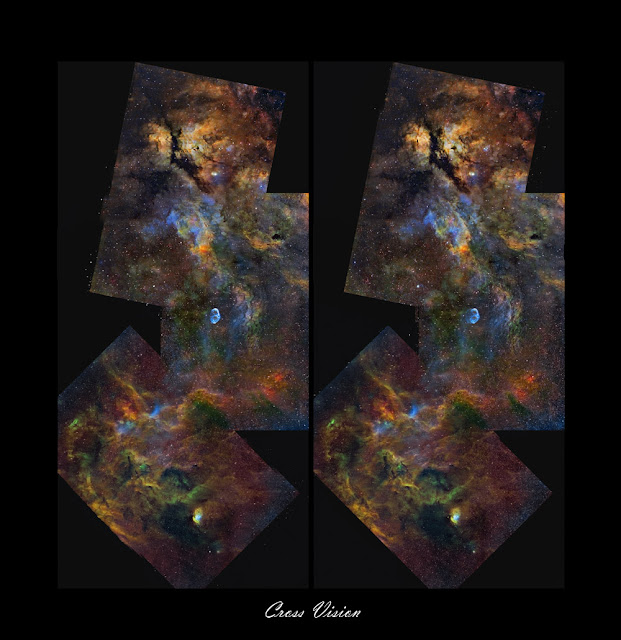
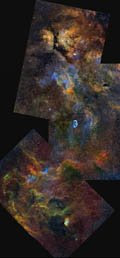 Klick this image, if you can't see either of the stereo methods above.
Klick this image, if you can't see either of the stereo methods above.Tuesday, November 4, 2008
The Cygnus Trio, a long project
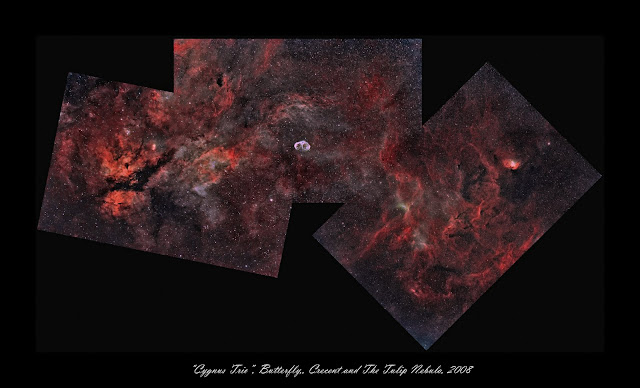
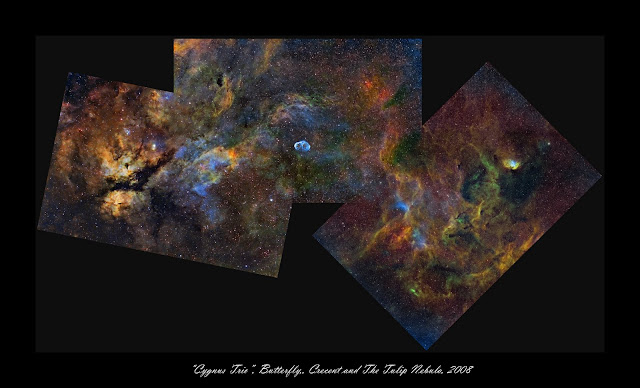 Hubble palette colors -
Hubble palette colors - 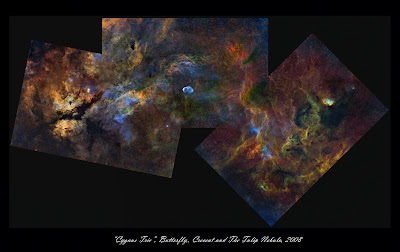 Here is a starless version to show the most complex nebulosity better.
Here is a starless version to show the most complex nebulosity better.The Tulip Nebula
